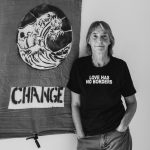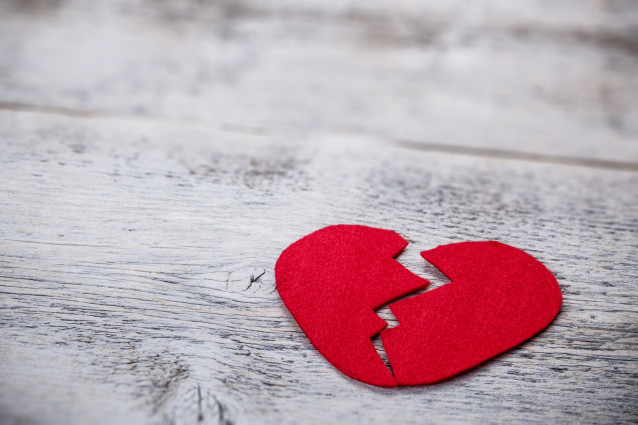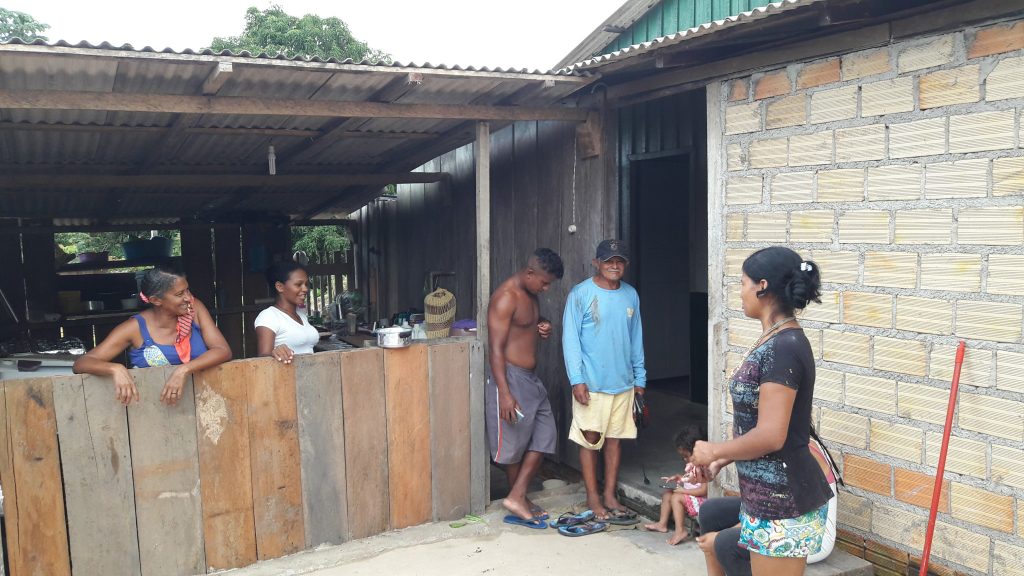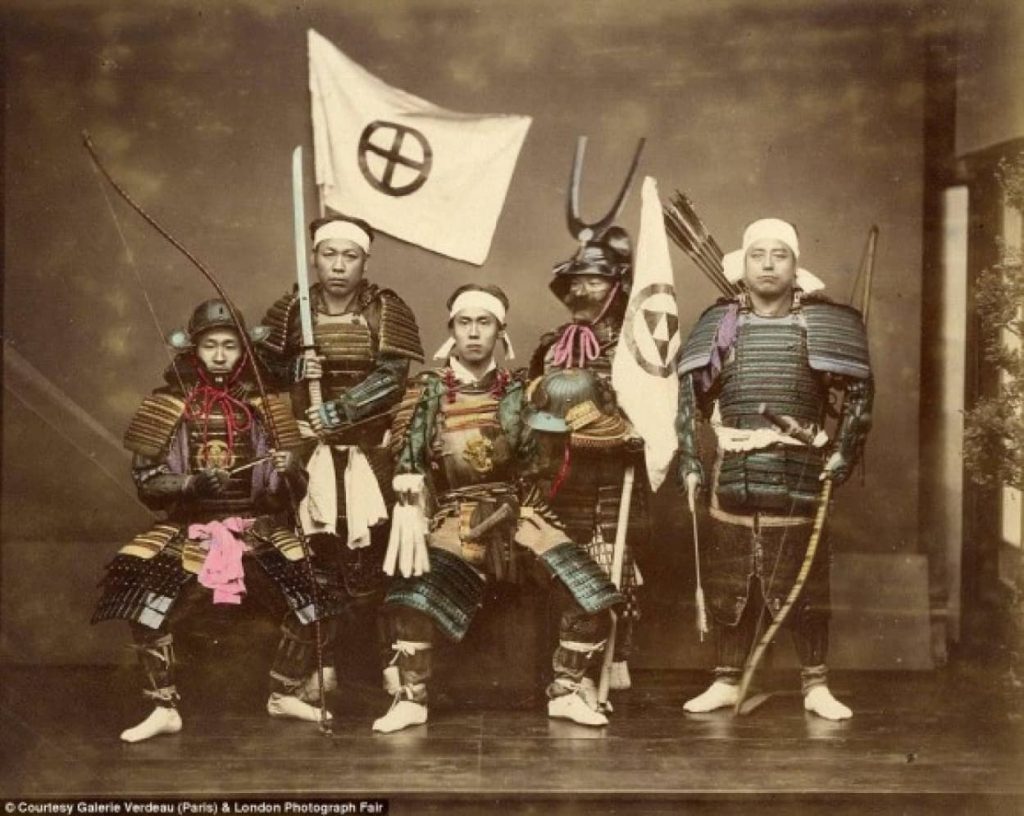Shut It Down: Stories From a Fierce, Loving Resistance
Many of us [who participated in actions at Standing Rock] drew from years of grassroots organizing experience, including a model of horizontal networking. In more recent years, with the rise of the nonprofit model, it has been difficult to get people to understand the power of small self-organized groups as an ongoing structure for our movements—yet this model has been a vital part of some of the most successful people-powered movements in recent years, including the climate justice movement, Occupy, and Black Lives Matter. The model [we] used at Standing Rock was similar to how some of us organized in Ferguson in advance of the non-indictment of Michael Brown’s murderer. It was a combination of mass meetings/assemblies and mass trainings to gather folks together, build affinity groups, and share a common language, analysis, and organizing strategies.
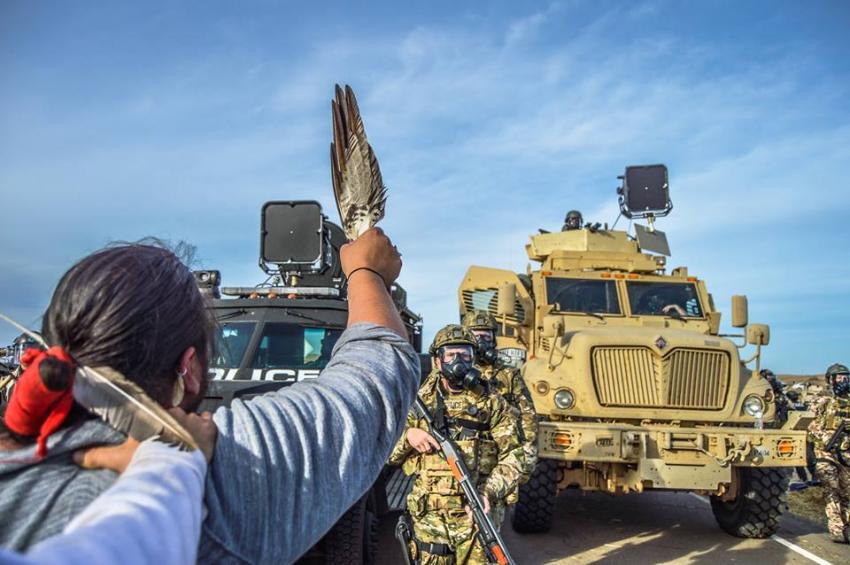
As a white person participating in these movements, it has been helpful for me to think of this type of organizing as both conscious and transformative. By conscious organizing I refer to the intentional, day-to-day work of building a culture that restores our humanity. Our movements can’t only be about the practical outcomes. If we don’t succeed in stopping the pipelines, or Black Snake (the desired practical outcome), the movement is still important because we have organized ourselves according to a different vision of how the world can be.
To be conscious, organizing needs to understand the roots of the Power Over mentality of the empire we are living in. We have been colonized, colorized, capitalized, and gendered, and those same dynamics continue today in all sorts of groups, including groups within our social justice movements. Conscious organizing acknowledges these realities and is deliberate in practices of decolonization, undoing white supremacy and patriarchy, healing trauma, and redistributing resources. All of this creates the patterns for healthier relations and living conditions.
Conscious organizing addresses the most fundamental need we have as humans to belong to a community. We need to be wanted, accepted, nourished, included, loved, and secure in knowing that we belong and that we are good enough. When we have these things, we can feel fully present, curious, and engaged. Our connection and love for one another give us the courage to take incredible risks. We have all been raised in a culture of violence and hate, propagated by a country that values guns over people, that has the highest incarceration rate in the world, that invades, bombs, and spreads war, death, and destruction. Conscious organizing is how we fight and transform this oppression and trauma into life-feeding energy.
To accomplish this, we must understand that we have differences, and that this is a strength. We are not all starting in the same place, and we cannot all take the same risks. We need to shift the dynamics of power and space to prioritize the leadership, vision, and voices of those who have been most impacted, ensuring that their agency is paramount. We must also understand that within our difference we are all the same—we are human.
Organizing that is transformative allows people to experience their power, Power Within. Once they embrace their power, it’s so much easier to imagine different realities. We first imagine, and then actively transform ourselves and the world as we know it by manifesting our dreams.
These truths about conscious, transformative organizing aren’t just abstractions; they guide my strategies as a horizontal direct-action organizer and help me understand how to welcome people into our movements. Organizing is all about relationships, and building relationships builds trust. Conscious organizing allows people to experience and express their anger, pain, and fears, as well as love, compassion, and courage, as we create new patterns and practices. Our fears, rooted in separation, lead to judgement. Fear is a powerful obstacle to overcome. Organizing starts with simply having a conversation, listening, asking questions, and then agitating or guiding into commitment and action. When we cross lines of divide, whether it is race, gender, sexual preference, class, age, or ability, there is enormous power. This is how we heal separation and fragmentation.
Table 10.1 How Organizing Transforms
| UNORGANIZED PEOPLE MAY FEEL . . . | ORGANIZERS CAN . . . | ORGANIZED PEOPLE FEEL . . . |
| Confused | Interpret | Understood |
| Apathetic | Motivate | Active |
| Scared | Challenge | Confident |
| Divided | Unify | Unified |
| Unmotivated | Plan | Purposeful |
Ron Chisom, co-founder of the People’s Institute for Survival and Beyond, says that an organizer is simply anyone who brings together two or more people for a collective purpose. An anti-racist organizer knows it’s not just about how many people you’re organizing, but the way you’re organizing—uprooting and undoing the inequities and injustices as we work.
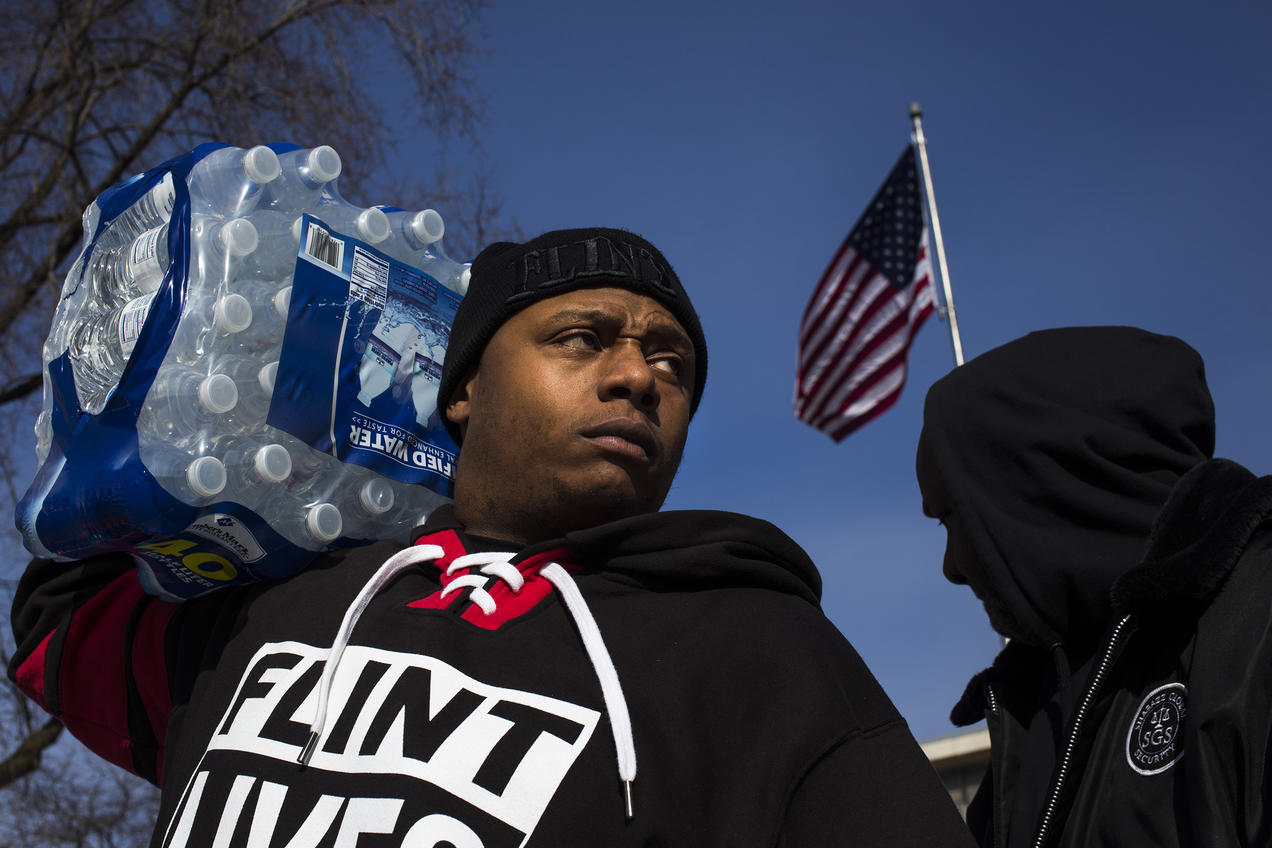
White people are not taught about colonization or racism, what they are, how they work, or how you can undo them. Nobody is taught this in school, really. We can bridge this divide, and it starts with learning our history, then developing a shared analysis and a common language. Chisom says that “issues are tissues,” meaning that people with privilege can choose their issues, but front-line communities often don’t have a choice because for them fighting for “issues” is literally a matter of saving their lives. In either case, if we don’t have a humane organizing process that builds power and community instead of fear and dependence, we are missing the boat.
Conscious, transformative organizing requires courage because it means going against the grain of how things are typically done. For a white organizer, this means understanding our unearned power and privilege and the way we have been indoctrinated into believing we’re superior and therefore entitled—the legacy of settler colonialism, which taught that Indigenous land was for the taking. For people of color, this means transforming the generational trauma of violence and of being taught you are inferior. Becoming conscious means keeping the dynamics of internalized oppression transparent and having relationships that are healing and can hold you accountable in a loving way.
Most people see accountability as a negative thing, like you have done something wrong. I see it as a gift and a process of sharing what we’re doing and learning, especially from our mistakes, for the benefit of the whole group.
In our Power Over society, people believe democracy is about representation. We think that somebody else is in power, and therefore our problems are somebody else’s responsibility. If something is wrong, we feel powerless to fix it, always waiting for someone else to solve the problem, leading to resentment, weakness, apathy, or anger. Organizing is the process of inspiring people to look within and find the power they need to take action and make decisions about their lives.
The ongoing process of conscious, transformative organizing typically includes:
Moving people from indifference, powerlessness, rage, or victimization into a clear identification of the problems and solutions.
Asking people questions and listening. This often leads people to the information they need to know.
Getting people to identify their vision for the future and then developing a realistic and collective plan to get there using simple, achievable steps.
Remembering that organizing is not about “helping” people, it’s about laying down the challenges and making the choices clear. It is working with, not for.
Organizers can create situations, or “containers” (such as participation in direct actions), that allow people to experience their power and to take action despite their fears. Anger directed is a key to change; it arises out of what we care for, what we love, and what has hurt us. Unconscious fear can stop all action.
In her talks about revolutionary love, the civil rights activist Valarie Kaur says that joy is the gift of love, grief is the price of love, and anger is the force that protects love.
In my experience, conscious organizing can happen only within a nurturing community structure with authentic relationships. The Pledge of Resistance taught me the importance of relationship building in organizing, and everything I have experienced has only deepened my belief that organizing is only as powerful as the relationships in the network. This is where the affinity group model comes in—small groups of individuals making a commitment to one another for emotional support, exploring our hopes and fears, strategizing, and making plans and decisions together. All of this requires intentionality and a shared understanding that staying connected as humans is how we transform the empire.
I’ve always loved the simple framework of the United Farm Workers (the labor union for farmworkers in the US) whose acronym about the basics of organizing is AHUY! I think about it often because these four words really capture the spirit of conscious organizing:
AHUY!
ANGER. Righteous anger that exposes injustice and propels action.
HOPE that another world is possible and that together we can make
things better.
URGENCY. Knowing that injustice has existed for hundreds of years,
yet we still need to act in the now, continuously, to mitigate damage
while creating alternatives.
YOU can make a difference. Not tomorrow, not when you are braver, but
today. You already have everything you need! You have gifts; you are a gift.
Organizing is a process of emergence where things percolate from the bottom up. The more interactions we get going, the greater the potential for change. Organizers power-map communities, meet new people, connect others, and identify and recruit people who are willing to become more active. Organizers must be inclusive, welcoming, and purposeful. Organizing provides the glue that moves us from individual agents to collective actors working together as a potent force for change. People Power is what it is called, and this is sacred work.
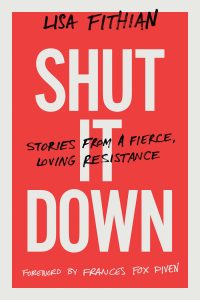
The above excerpt is from Lisa Fithian’s new book Shut It Down: Stories From a Fierce, Loving Resistance (Chelsea Green Publishing, September 2019) and is reprinted with permission from the publisher.
And, here are several purchasing links for you to choose from:
Wordery (free international shipping)


